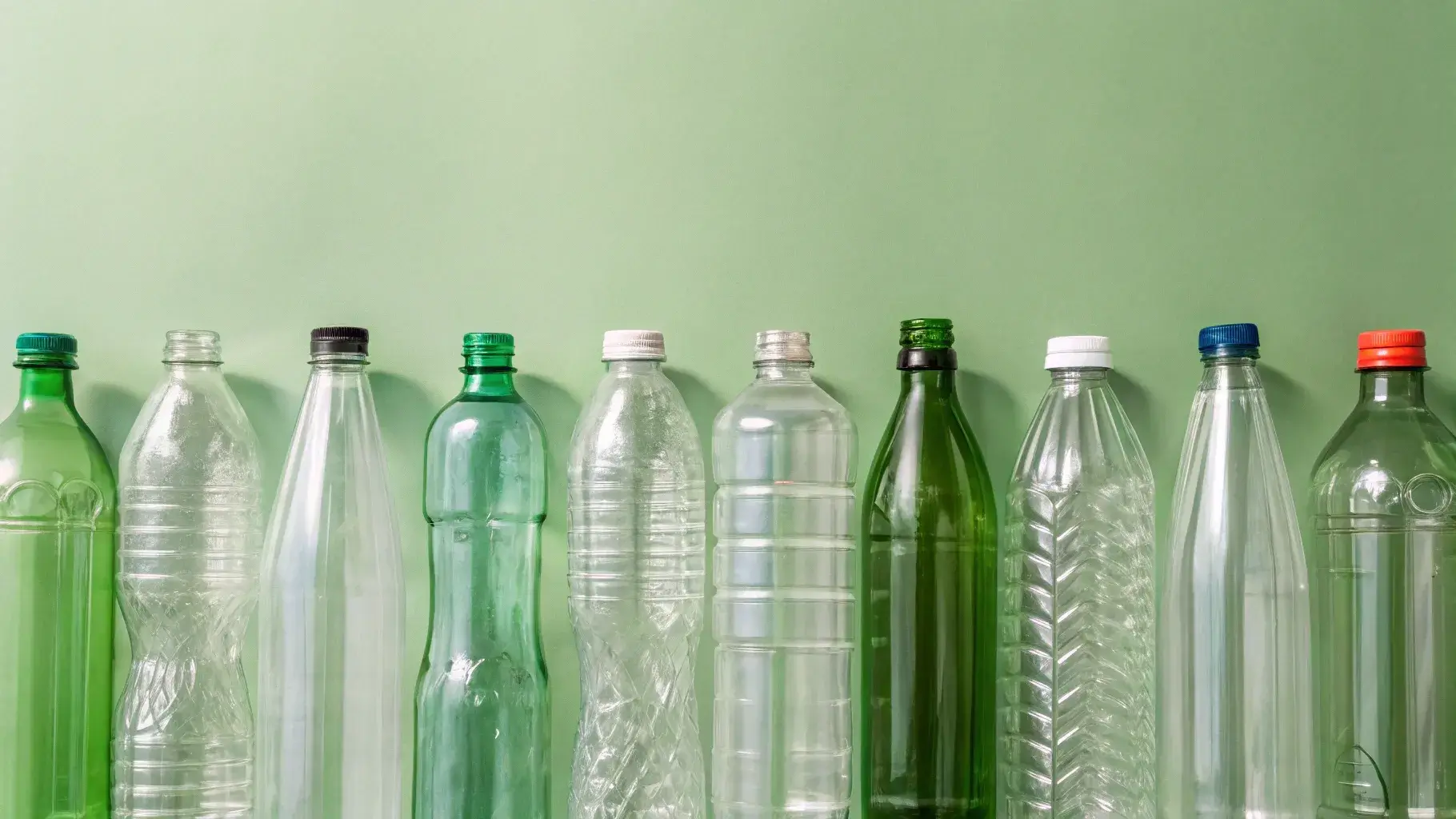
Confused about choosing between glass or plastic bottles? Discover the pros, cons, and facts behind each to make the right decision.
Bottles are commonly made of glass or plastic. Glass is inert and recyclable. Plastic is lightweight and cost-effective but raises environmental and health concerns.
Both materials offer unique benefits. Here's how to choose the right one for your needs.
What Are the Common Materials Used for Bottles?
When I first started sourcing bottles for my product line, I thought only about plastic and glass. But the reality is more nuanced.
Most bottles are made from glass or PET plastic1. Glass uses natural materials; plastic comes from petroleum-based compounds2
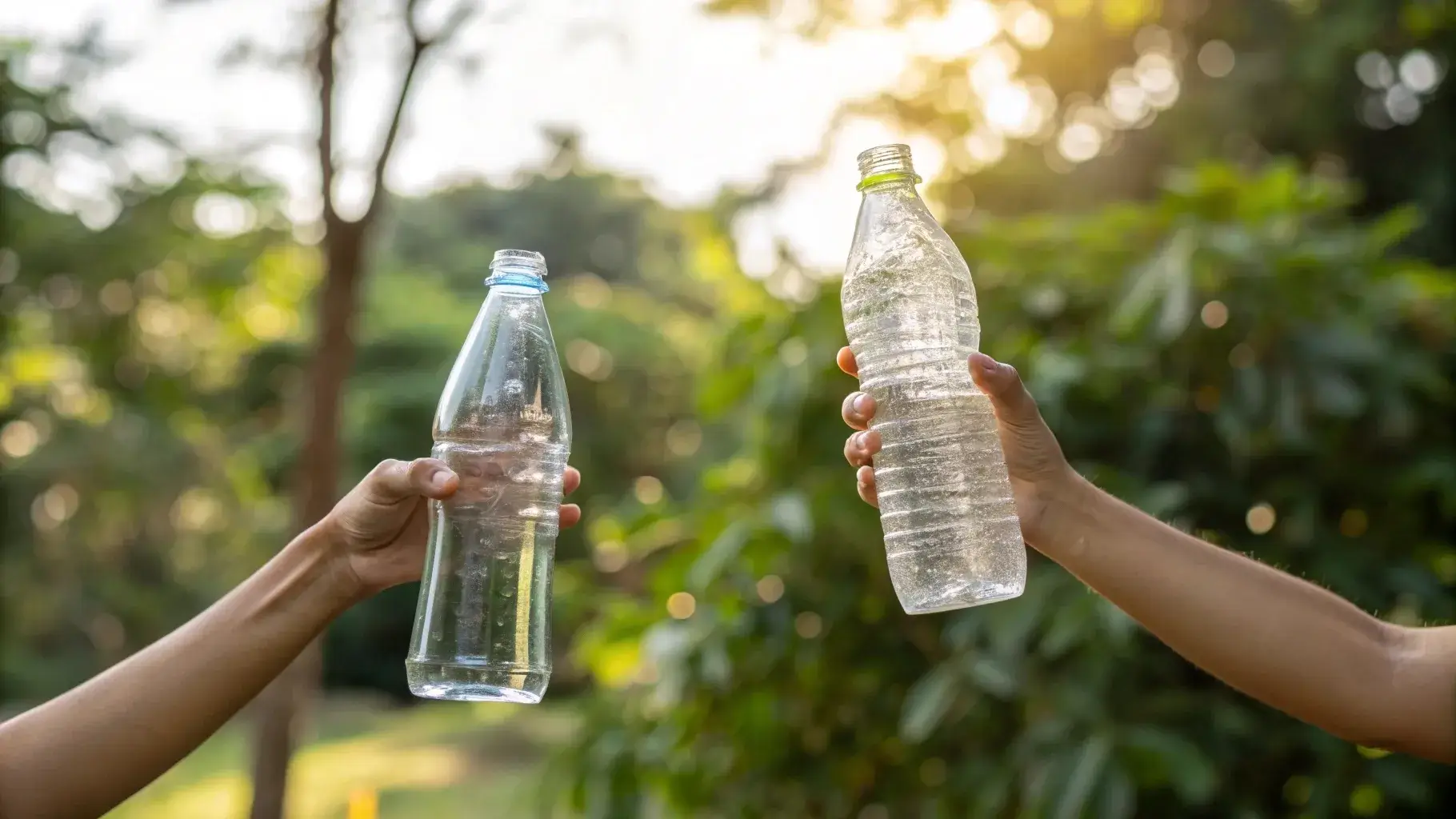
Types of Bottle Materials
- Glass: Made from silica (sand), soda ash, and limestone
- PET Plastic: Derived from polymerized crude oil byproducts
- Others: Stainless steel, aluminum, biodegradable plastics 3
Each material suits different applications based on cost, weight, durability, and health impact.
How Are Glass and Plastic Bottles Made?
The production process influences cost, energy use, and environmental impact. I visited both a glass factory and a plastic molding facility—it was eye-opening.
Glass bottles are made at ~1700°C by melting raw materials. Plastic bottles are formed at lower temperatures by molding or blow-molding polymers 4.
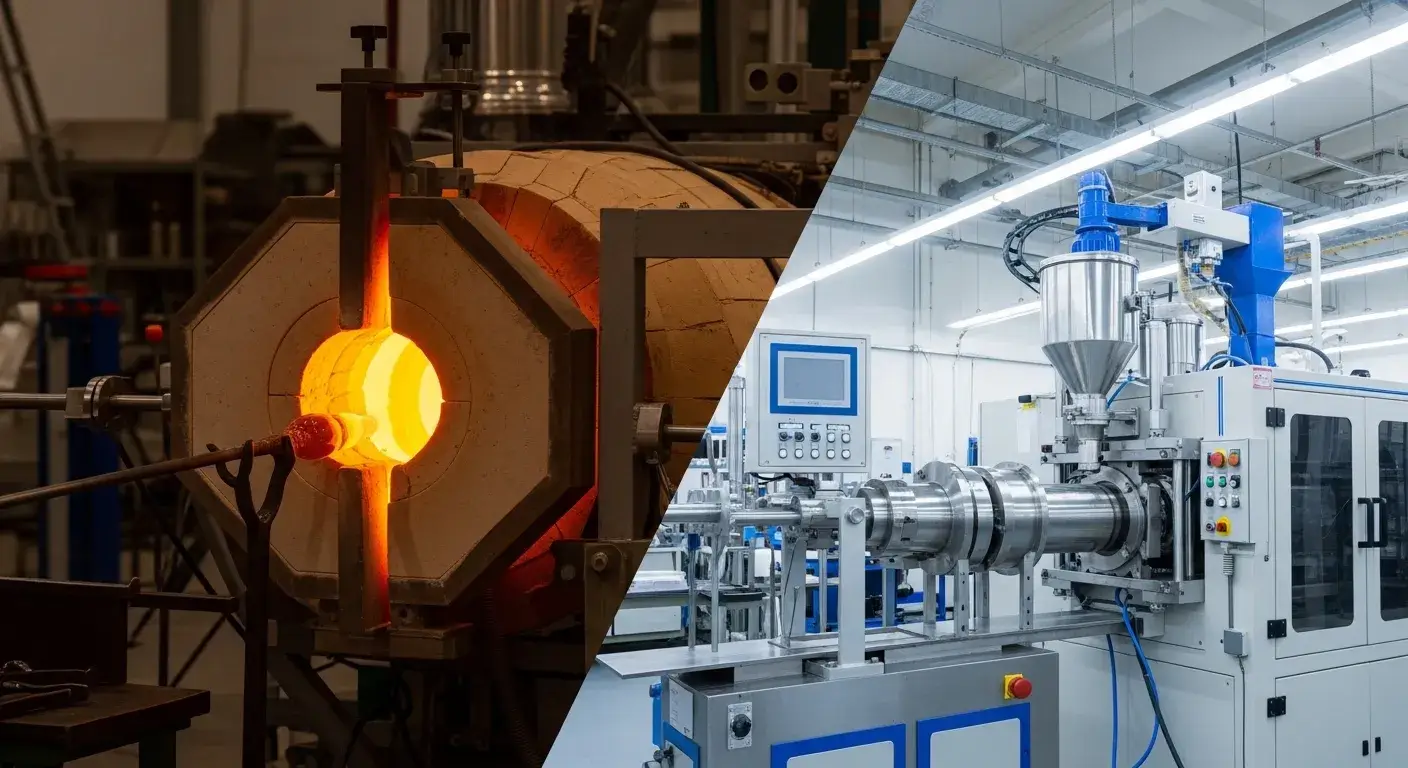
Bottle Manufacturing Processes
| Process Type | Glass Bottles | Plastic Bottles (PET) |
|---|---|---|
| Raw Materials | Sand, soda ash, limestone | Petroleum-based monomers |
| Temperature Range | Up to 1700°C | 260–300°C |
| Method | Molding molten glass | Blow molding of melted plastic |
| Energy Consumption | High | 80% lower than glass |
Plastic’s low melting point makes it easier and cheaper to produce.
Environmental Impact: Glass vs. Plastic Bottles
I always thought glass was greener—until I saw the transportation data.
Plastic bottles have a lower production and transport footprint, but glass is more recyclable and contributes less to long-term pollution5.

Life Cycle Comparison
| Environmental Metric | Glass | Plastic (PET) |
|---|---|---|
| Energy Use | High | 80% lower than glass |
| CO2 Emissions | Higher | 74% lower than glass |
| Water Usage | More | 53% less than glass |
| Recycling Quality | Infinite | Degrades with reuse6 |
| End-of-life Pollution | Minimal if recycled | Long-term waste and microplastics |
Durability and Practicality: Which Bottle Lasts Longer?
For everyday use, I dropped both types accidentally. Glass shattered. Plastic survived. But that’s not the full story.
Glass is chemically stable but fragile. Plastic resists impact but can deform and degrade over time7.
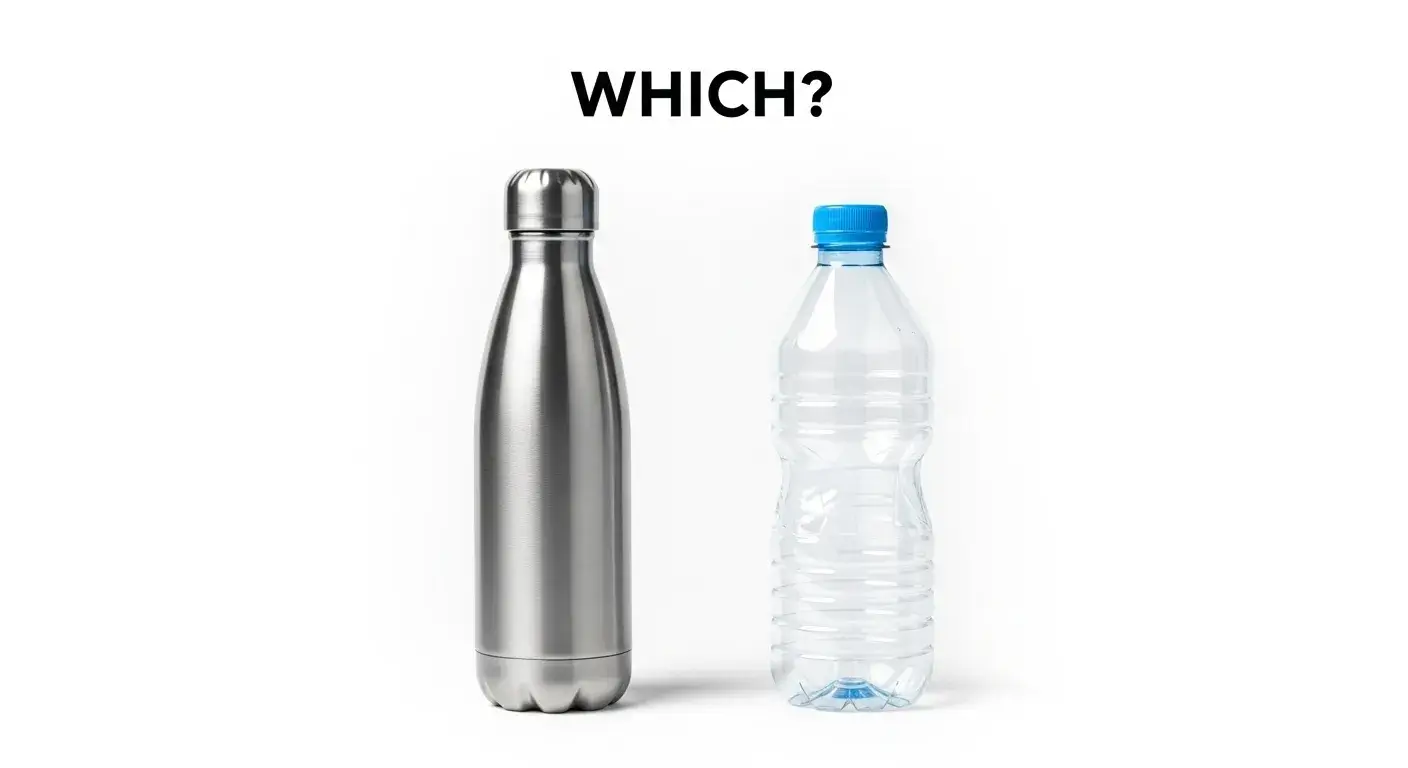
Durability at a Glance
- Glass:
- Scratch-resistant
- Breaks easily on impact
- No material degradation
- Plastic:
- Impact-resistant
- Scratches and discolors
- Potential chemical leaching with age
Health and Safety Considerations for Glass and Plastic Bottles
As someone selling food-safe drinkware, safety is non-negotiable. My customers ask: is plastic really safe?
Glass does not leach chemicals. Certain plastics may release BPA8 or other substances under heat or reuse
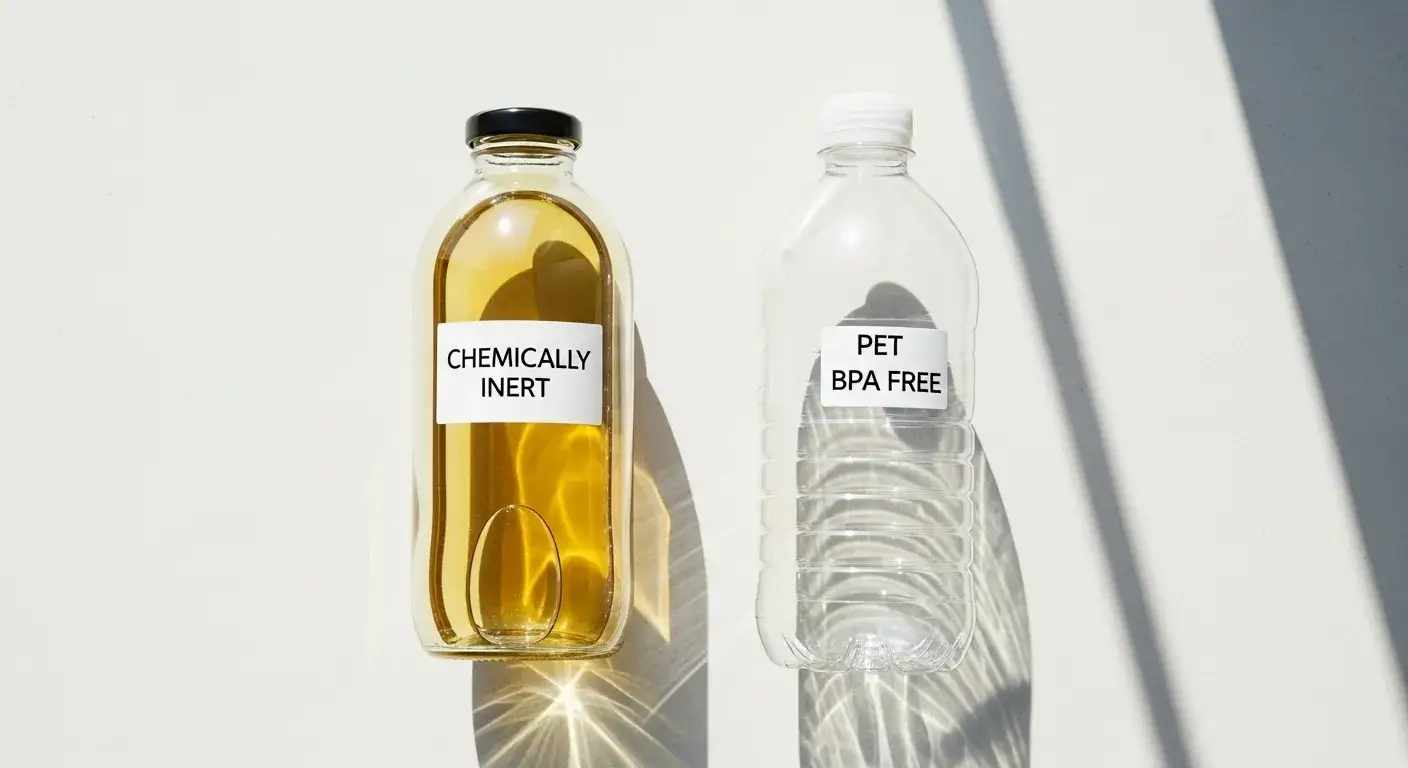
Safety Factors
- Glass:
- Chemically inert
- Safe for repeated use
- Plastic:
- BPA and phthalate concerns
- Potential leaching under heat9
Plastic safety depends on the type and usage conditions. Look for BPA-free labels.
Cost and Transportation Factors Affecting Bottle Choice
My shipping costs dropped 30% when I switched to PET for one shipment. Glass adds weight and breakage risk.
Plastic bottles are cheaper to produce and transport. Glass costs more due to energy use and heavier shipping loads.
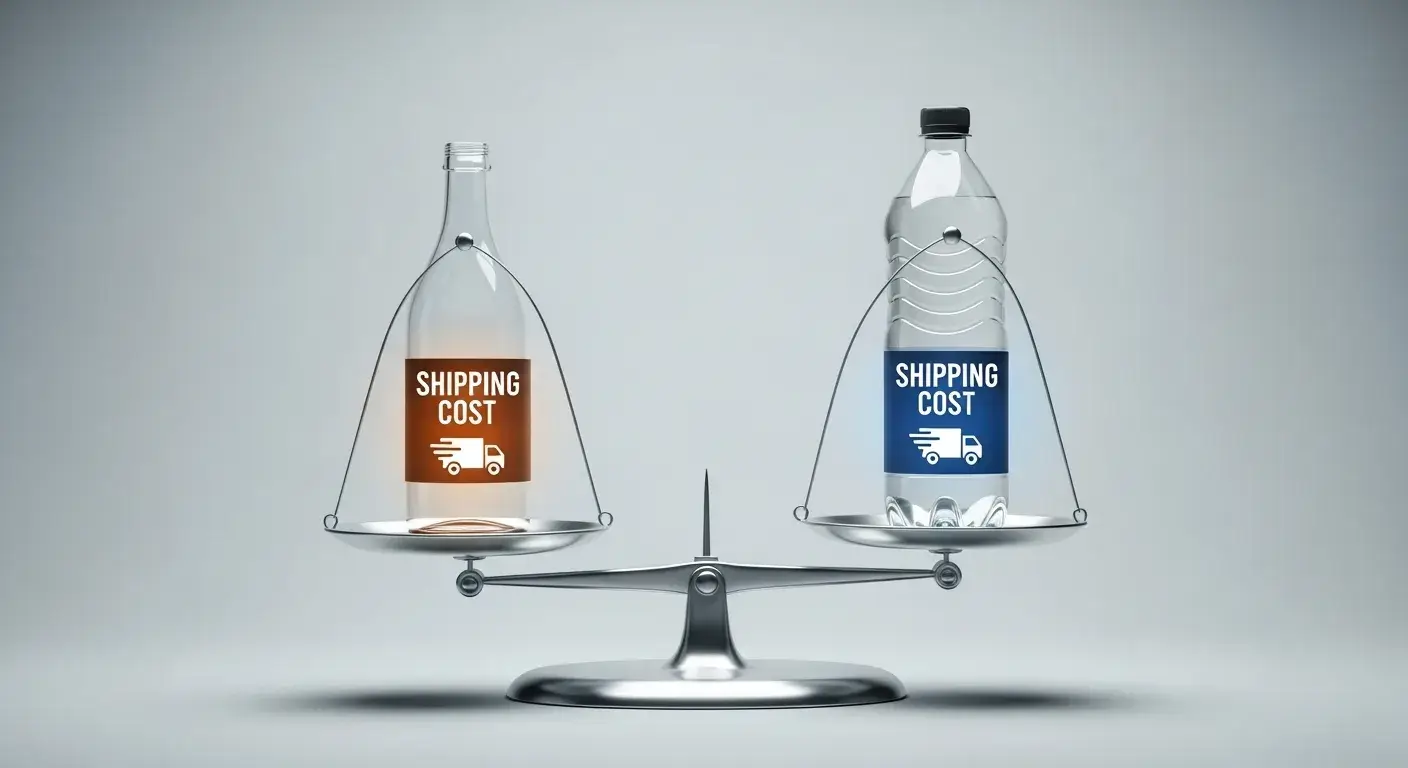
Comparison by Cost Factors
| Factor | Glass Bottles | Plastic Bottles |
|---|---|---|
| Production Cost | High | Low |
| Transport Weight | Heavy | Light |
| Breakage Risk | High | Low |
Recycling and Sustainability: What Happens After Use?
I’ve seen glass turned into new bottles many times. But plastic often becomes carpet or trash.
Glass can be recycled infinitely without quality loss. Plastic recycling degrades the material, limiting reuse.
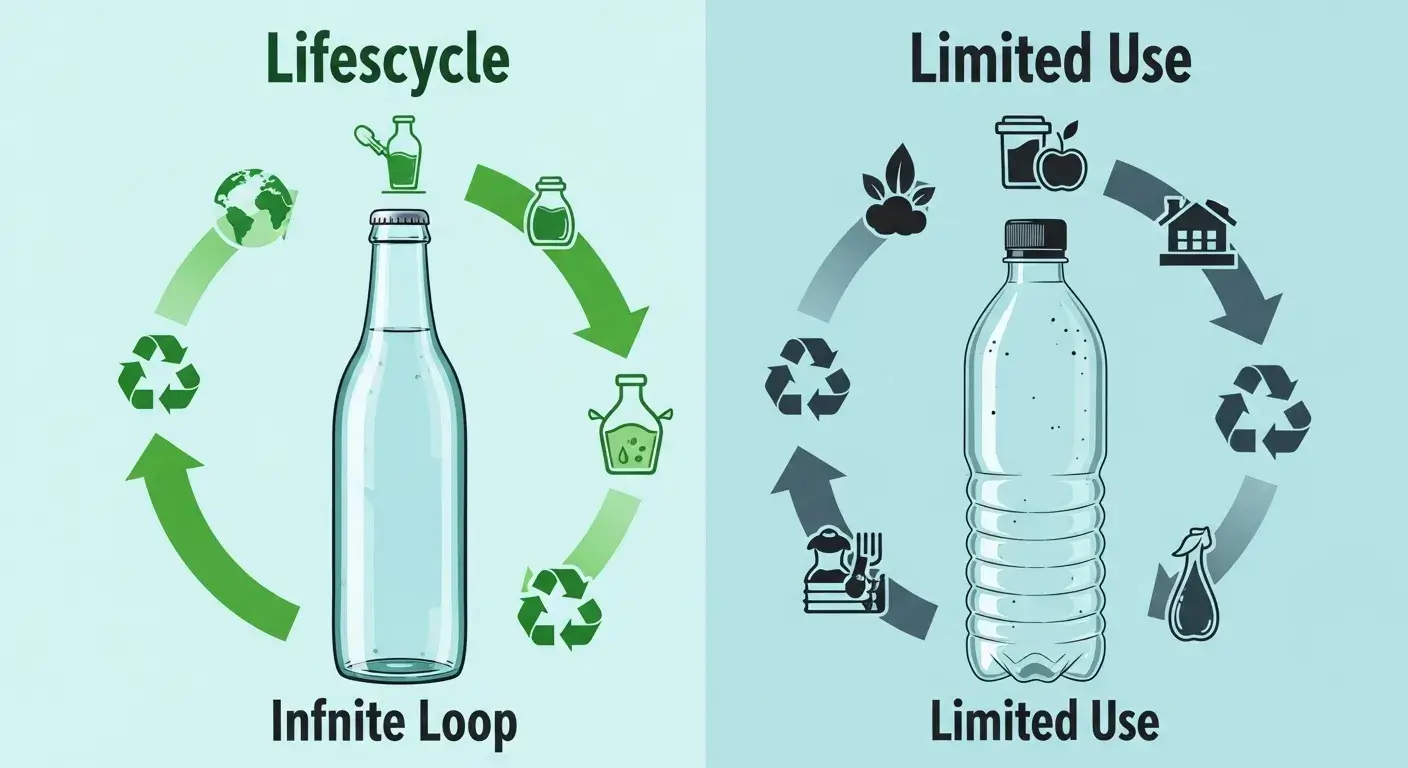
Afterlife of Bottles
- Glass:
- Retains quality with each recycle
- Saves raw materials
- Plastic:
- Limited to 1–2 cycles
- Often downcycled or discarded
Proper sorting and collection are key to both materials’ sustainability.
Emerging Trends and Consumer Preferences in Bottle Materials
Customers are asking for glass. I’ve noticed a shift even in price-sensitive markets10.
Consumers favor glass for health and eco reasons, despite its weight. Plastic remains dominant due to affordability and convenience
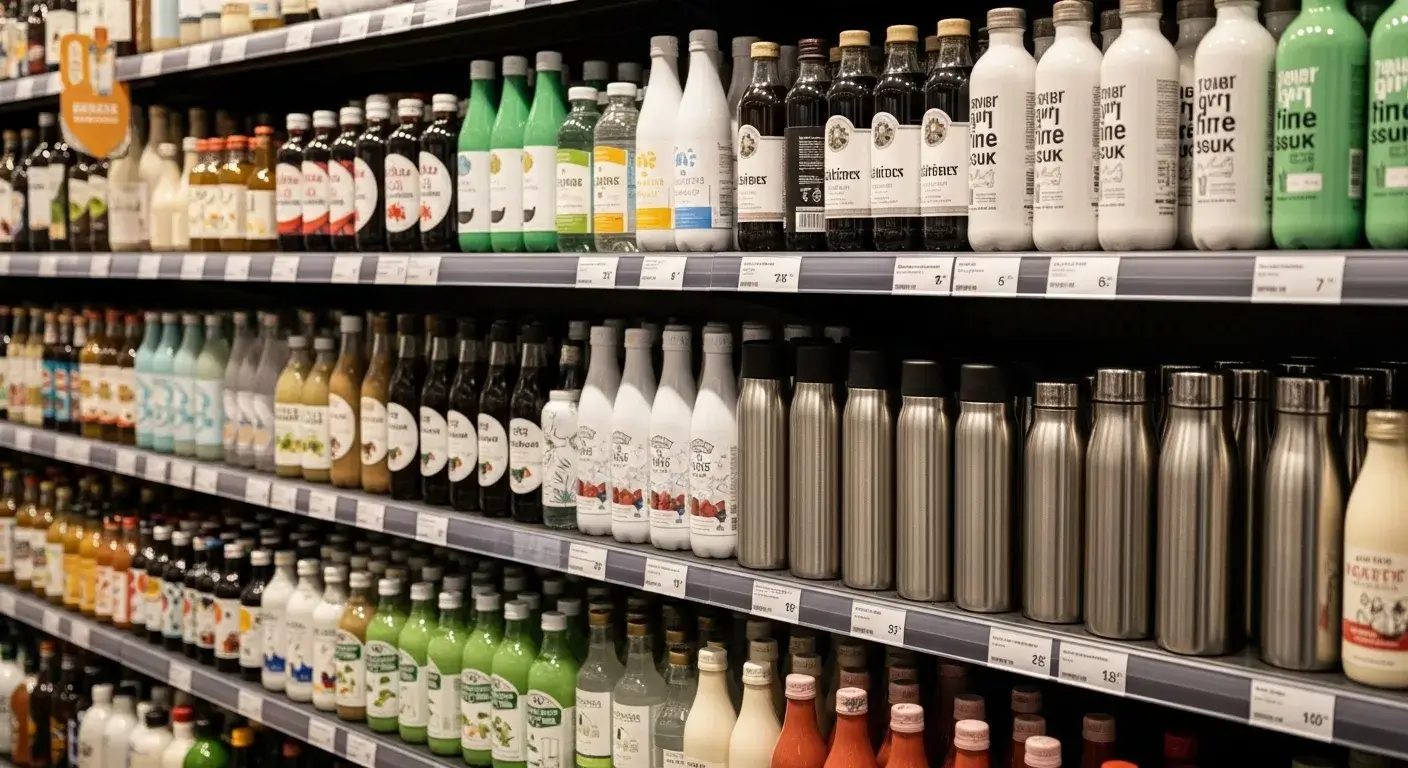
Market Movements
- Glass bottle sales grew 14% last year.
- PET remains the global leader due to cost.
- Stainless steel and hybrid bottles are emerging alternatives11.
How to Choose the Right Bottle Material for Your Use Case
Whether I’m recommending products to Christina in Ireland or Jack in Vietnam, the answer depends on their priorities.
Glass is best for health and sustainability at home. Plastic suits outdoor use, travel, and price-sensitive markets.
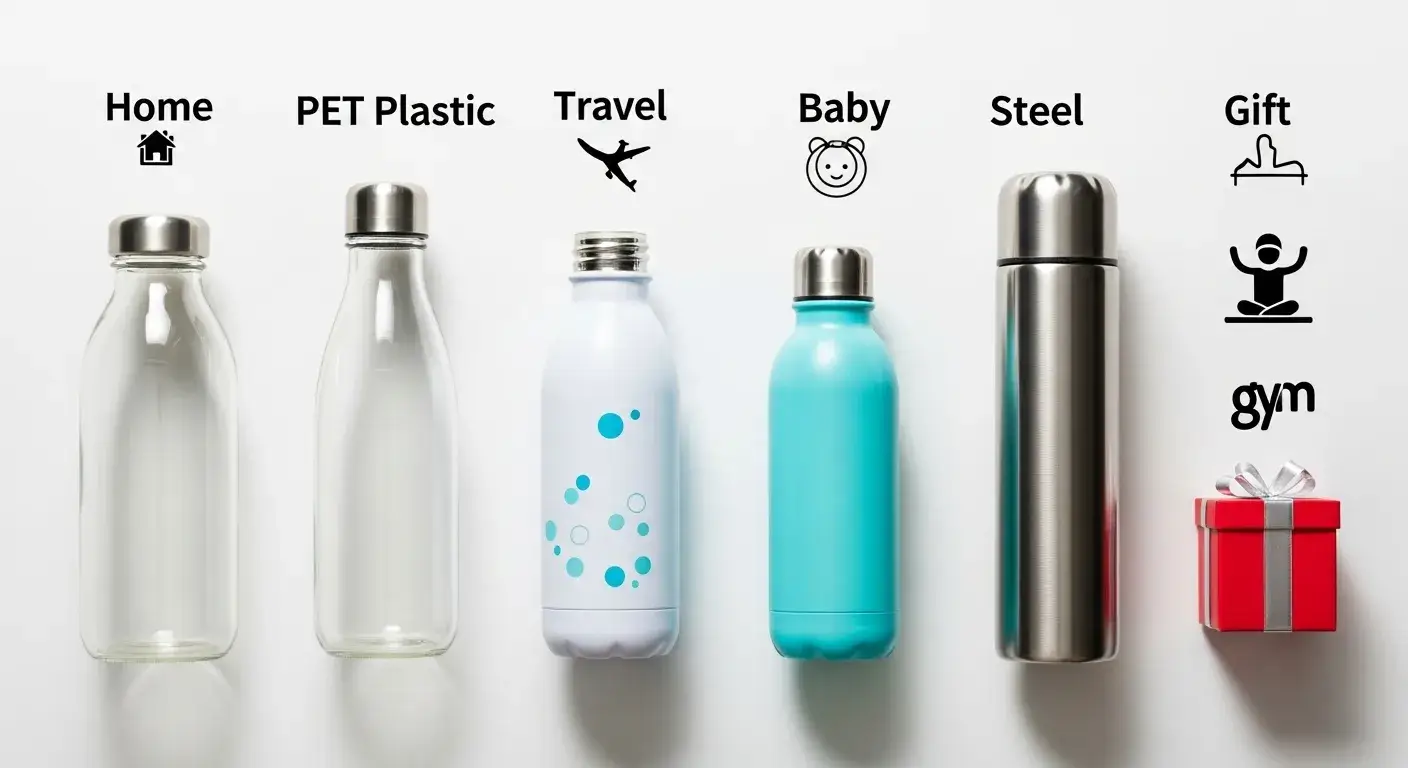
Use Case Matching Table
| Use Case | Recommended Material | Reason |
|---|---|---|
| Home beverage storage | Glass | Safe and recyclable |
| Gym or travel bottle | Plastic | Lightweight and durable |
| Baby feeding bottles | Glass or BPA-free PET | Safety + convenience |
| Promotional giveaways | PET Plastic | Cost-effective and easy to print on |
| Premium eco brands | Glass or Stainless Steel | High-end, sustainable image |
Conclusion
Glass and plastic bottles serve different needs. The right choice depends on cost, safety, use case, and environmental goals.
FAQs
Q: Does a bottle have to be glass or plastic?
A: No. Bottles can also be made from stainless steel, aluminum, or compostable materials.
Q: Which is better for the environment: glass or plastic bottles?
A: Plastic has lower emissions in production but contributes more to pollution. Glass is heavier but endlessly recyclable.
Q: Are glass bottles safer than plastic bottles?
A: Yes. Glass is inert and does not leach chemicals into liquids.
Q: Can plastic bottles be recycled indefinitely?
A: No. Plastic degrades in quality after each recycling cycle.
Q: What are the health risks of using plastic bottles?
A: Possible chemical leaching, especially if reused or exposed to heat.
Q: How long do glass and plastic bottles take to decompose?
A: Glass can take over a million years. Plastic takes 450–1000 years and releases toxins.
Q: Which bottle material is best for outdoor activities?
A: Plastic or stainless steel due to light weight and impact resistance.
Q: Are plastic bottles reusable and safe to reuse?
A: Some are, but repeated use increases chemical exposure risks.
Q: What is the cost difference between glass and plastic bottles?
A: Plastic bottles are cheaper to produce and ship. Glass costs more due to materials and weight
Footnotes:
-
Learn how glass and PET plastic differ in materials and usage ↩
-
Understand the origins and properties of petroleum-based plastics ↩
-
Compare stainless steel, aluminum, and biodegradable drinkware options ↩
-
Explore the bottle production process and its energy impact ↩
-
Review pollution and recycling differences between glass and plastic ↩
-
Understand how plastic recycling reduces quality over time ↩
-
Learn how material durability affects bottle lifespan and performance ↩
-
See health concerns linked to BPA and repeated plastic use ↩
-
Learn how heat exposure increases chemical leaching in plastics ↩
-
See what drives consumer demand for sustainable bottle materials ↩
-
Discover market growth of stainless steel and hybrid drinkware options ↩

